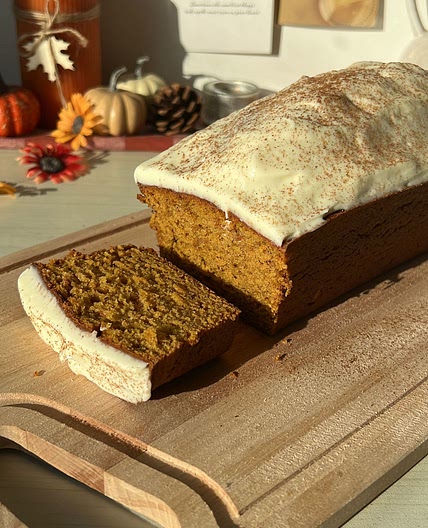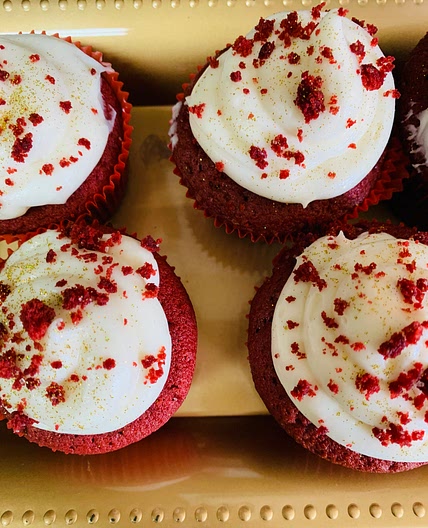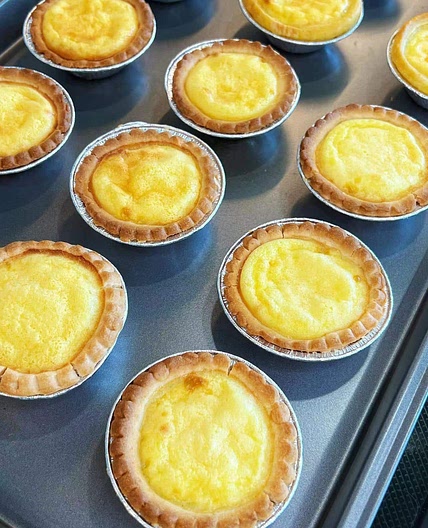Cake flour
 Pantry
PantryCake flour is most often seen in American recipes. As you probably guessed, it’s typically found in cake recipes, as well as some other baked goods. The flour might look the same as all purpose or bread flour at first glance, but it’s not quite as simple as substituting one for another without thinking about it. Here’s why. Cake flour is designed to make sure your cakes come out tender, soft, and light. If you’ve ever had a cake which is dry and dense, you’ll know that it can spoil the experience entirely. As a result, cake flour has a very low protein content (of under 10%, usually) and is made from soft wheat. Both of these factors mean there is less gluten development. As far as cake goes, this is what gives you the light and fluffy cake texture as opposed to a chewy sourdough bread. Usually, there aren't any raising agents in cake flour so it isn’t a self-raising variety. And although not all cake recipes will call for it, it’s usually best to note it properly when they do. After all, you want the softest, fluffiest, most perfect cake in the world! If your country doesn’t have something labeled as “cake flour,” just look for a low protein option to ensure you get fluffy rather than chewy.
Cake flour nutrition and vitamin info per 100g
| Energy | 362.0899963378906 | kcal |
| Total Fat | 0.8600000143051147 | g |
| Carbohydrate Total | 78.02999877929688 | g |
| Sugars | 0.3100000023841858 | g |
| Protein | 8.199999809265137 | g |
| Sodium | 2 | mg |
| Fiber | 1.7000000476837158 | g |
787 recipes to cook with Cake flour
Next PageCake flour substitutes
- Gluten free substitute
Cake flour equivalents and varieties
Cake flour cooking tips
 Samsung Food
Samsung FoodYou can use cake flour in recipes where you want an extra-light, extra-fluffy texture, like Angel Food Cake, Cream Cheese Pound Cake, or Buttermilk-Chocolate Cake.







